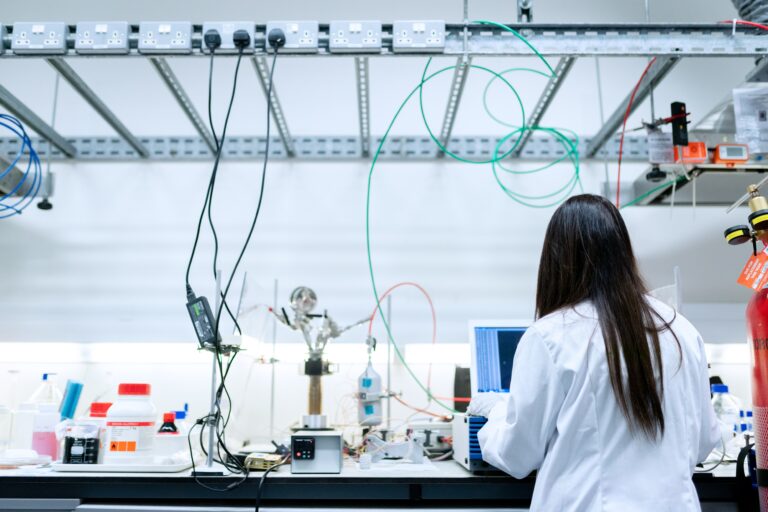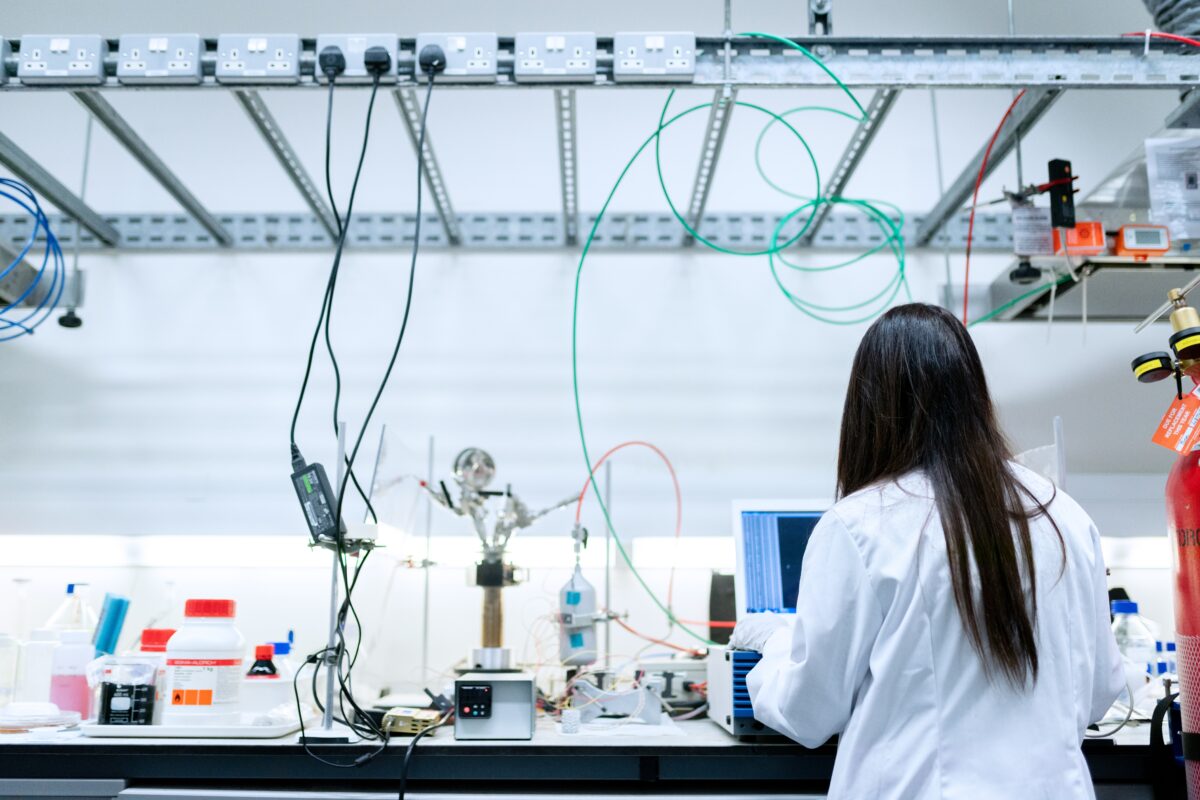The WiSH initiative

Texas Instruments is hosting the Women in Semiconductors and Hardware (WiSH) initiative for the second time.
The program is aimed at female engineering students in India to encourage them to join the industry.
The scheme involves a month of mentoring in the semiconductor and hardware industries. The company will host 100 students from 22 colleges.
According to the Texas Instruments India MD, Santhosh Kumar, only 14% of women end up working in STEM (Science, Technology, Engineering, and Mathematics) in the country. Kumar added that he hoped the WiSH program could help change the status quo and encourage females earlier in their professional journey.
Other tech industry initiatives
There are several initiatives to encourage more women in the field of electronics based in the US too. The non-profit ‘Women in Electronics’ was formed in 2017 by Jackie Mattox. The organization is focused on encouraging women in electronics industry leadership roles. It is sponsored by some very big names in the industry, including TTI, DigiKey and Mouser Electronics.
Another organization founded in 2017 is the Women in STEM group. This focuses on increasing the STEM opportunities for high school girls, while breaking down the stereotypes surrounding women in the STEM industries.
Some STEM stats
A study by the Equal Opportunity Employment Commission released in July 2022 stated that women made up only 29.3% of STEM positions. This proportion is even smaller in leadership positions, with only 25.9% of STEM leaders being female. Women were found to be 40% less likely to work in engineering, and 92% more likely to work in science over technology jobs.
These statistics, however, are vastly improved from the US Census data collected in 1970 when only 8% of STEM workers were women.
Here at Lantek we pride ourselves on nurturing all of our employees, and ensuring everyone receives equal opportunity. It also benefits our customers, who can receive top-class sales support from every single member of our team.
If you’re searching for electronic components, choose Lantek to supply you. With our huge stocklist and sourcing expertise, we can guarantee the best components for the best price. Call us on 1-973-579-8100 or email us at sales@lantekcorp.com.


